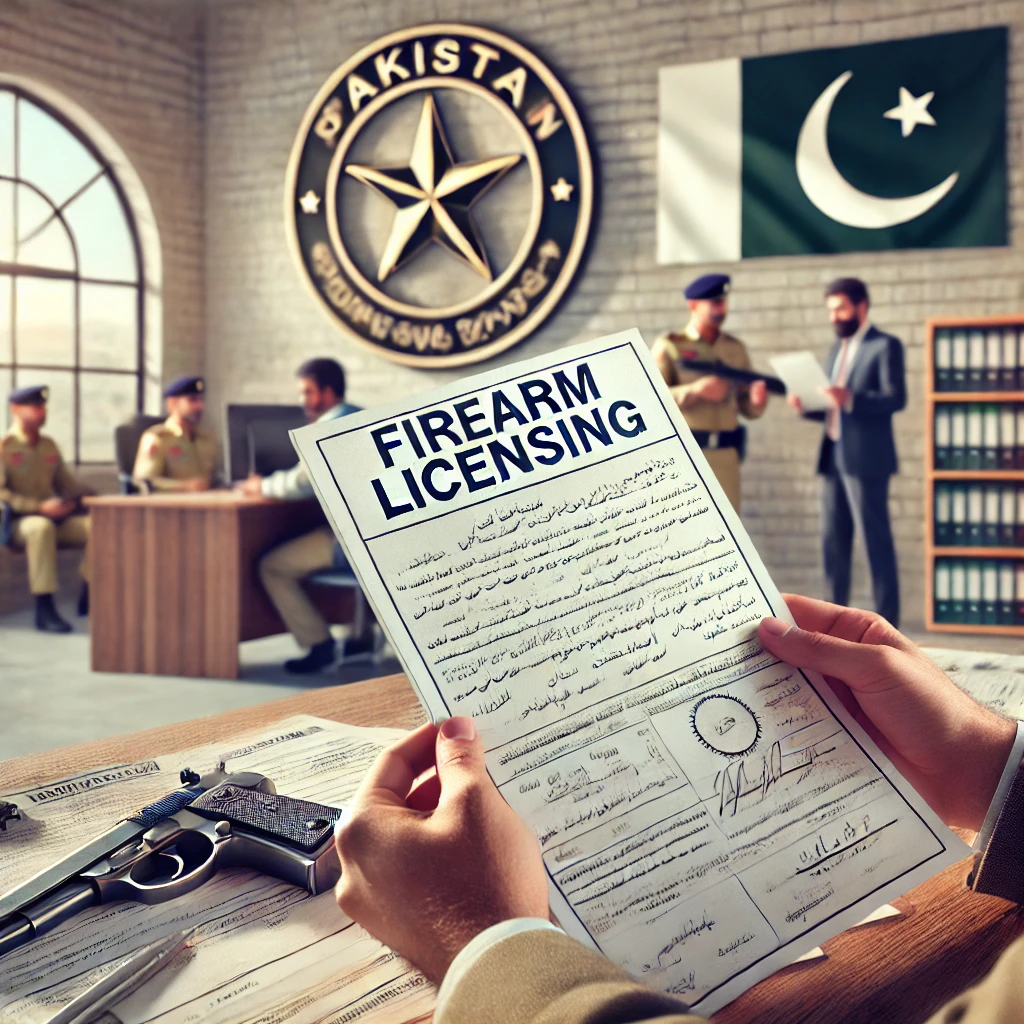Section 148 of the Pakistan Penal Code (PPC): Understanding its Implications and Applications
Section 148 of the Pakistan Penal Code (PPC) holds a significant place within the country’s legal framework, addressing a crucial aspect of public order and criminal liability. This provision, though concise in its wording, carries considerable legal weight and has far-reaching implications in maintaining social harmony and upholding the rule of law.
Understanding Section 148 PPC:
Section 148 of the PPC is focused on the offense of “Rioting, armed with deadly weapon.” The section reads, “Whoever is guilty of rioting, being armed with a deadly weapon or with anything which, used as a weapon of offence, is likely to cause death, shall be punished with imprisonment of either description for a term which may extend to three years, or with fine, or with both.”

Elements and Interpretations:
To comprehend the scope and reach of Section 148, it’s essential to break down its key elements:
1. Rioting:
The section targets individuals engaged in rioting, which involves participation in a violent and disorderly public disturbance that threatens public order.
2Armed with Deadly Weapon:
This component emphasizes the presence of a deadly weapon during the riot. A deadly weapon is one that has the potential to cause death or grievous bodily harm. This could include firearms, sharp objects, explosives, and even objects that might not inherently be deadly but could be used as offensive weapons.
Implications and Applications:
1. **Maintaining Public Order:**
Section 148 serves as a deterrent against riotous behavior that has the potential to disrupt the peace and tranquility of society. The provision aims to discourage individuals from taking part in violent protests, ensuring that public order remains undisturbed.
2. Criminal Liability:
Individuals found guilty under Section 148 can face imprisonment, fines, or both. This underscores the seriousness with which the law treats acts of rioting, especially when coupled with the presence of deadly weapons.
3.Balancing Individual Rights and Social Order:
While the law recognizes the right to peaceful assembly and freedom of expression, it draws a line at riotous behavior that can escalate into violence. Section 148 seeks to strike a balance between these rights and the collective well-being of society.
Challenges and Considerations:
1. Definition of “Deadly Weapon”:
The interpretation of what constitutes a “deadly weapon” can lead to legal debates and challenges. The application of this term can evolve with technological advancements, requiring the legal system to adapt to new forms of potential weaponry.
2. Ensuring Fair Application:
It’s crucial to ensure that Section 148 is not applied arbitrarily or disproportionately. Legal authorities must carefully assess each case to determine whether the criteria of rioting and armed presence of a deadly weapon are met.

In conclusion, Section 148 of the Pakistan Penal Code plays a pivotal role in safeguarding public order and promoting social harmony. By criminalizing rioting when coupled with the presence of a deadly weapon, the law seeks to deter actions that could threaten the peace and stability of society. As society evolves, it remains imperative to interpret and apply this provision judiciously, striking a balance between individual rights and collective well-being.









